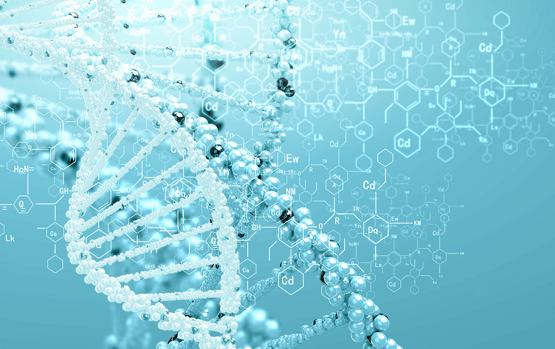Looking for answers? We can help.
A doctor or other health care provider’s learning is never done. It is therefore no surprise, given the vast range of serious medical conditions affecting human beings, that many medical professionals are perhaps only vaguely familiar with X and Y chromosome variations. So we thank you for visiting this site, and we hope it will be helpful to you. We trust you will find here a useful initial storehouse of information and personal narratives that will assist your further investigation into these conditions.
The sampling of frequently asked questions below are complemented by an entire page of them that address many other aspects of sex chromosome aneuploidies. Just click here.
In addition, AXYS has developed a Clinic and Research Consortium with sites around the U.S., staffed by experts who are available for consultation on any matters pertaining to X and Y chromosome variations. Click here for a list of clinics and contact information.
Frequently Asked Questions
Brenda’s Story
“One thing I am rapidly learning is how much contradictory information there is about X and Y chromosome variations in the medical community. Interestingly, my baby has no developmental delays yet but he has more physical characteristics than most of the babies I have seen on the AXYS website. Clenched fists, deformed ear lobes… slanted eyes…one drooped eyelid…But he is a little ball of personality!”

Resources
Latest News and Research
For a library of past news items, click here.
Exploring the Strengths of Students with X&Y Variations
"Children with sex chromosome aneuploidies (SCAs) are often characterized in the literature by limitations and pathologies related to the genetic diagnosis. This study aimed to broaden the SCA phenotype by describing parent reported character and [...]
A Klinefelter Update for Pediatricians
"Advances in the Interdisciplinary Care of Children with Klinefelter Syndrome"—This nearly 30-page story in the journal Advances in Pediatrics is directed at pediatricians and family physicians who treat children, and who may thus come across [...]
The Triple X Syndrome Phenotype
"Expanding the Phenotype of Triple X Syndrome: A Comparison of Prenatal Versus Postnatal Diagnosis" —This cross-sectional study was published in the American Journal of Medical Genetics. It describes the diagnosis, physical aspects, medical problems, and neurodevelopmental [...]
Exploring Klinefelter Syndrome
"The Impact of Living with Klinefelter Syndrome: A Qualitative Exploration of Adolescents and Adults" — This research article examines the medical, psychological, and social challenges that arise in individuals with 47,XXY as well as providing practical [...]









